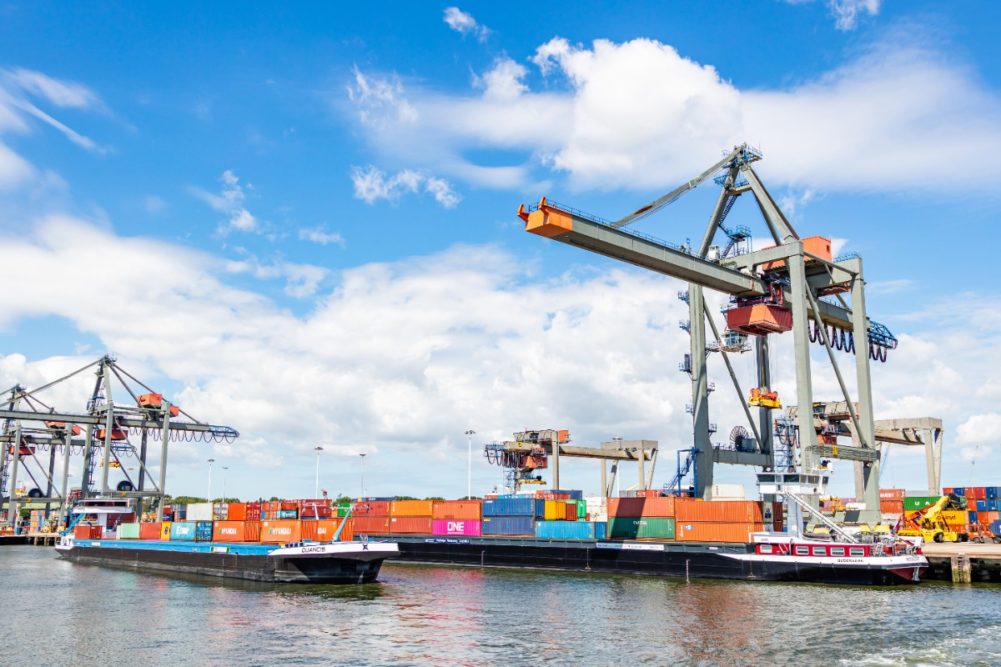ARLINGTON, VA. – Several factors led to US dairy exports reaching an all-time high of $7.66 billion in 2021. The US Dairy Export Council highlighted some of the numbers that drove the record-setting year.
As presented by the USDEC, in 2021 the US dairy industry experienced the following:
• The US set annual export records in cheese, nonfat dry milk/skim milk powder (NFDM/SMP), whey, lactose and fluid milk and cream. US cheese shipments topped 400,000 metric tons (MT) for the first time and whey surpassed 600,000 MT for the first time.
• US cheese sales to Mexico set a record, increasing by 13% and exceeding 100,000 MT for the first time. US NFDM/SMP sales to Mexico improved by 18% to 337,846 MT. Mexico accounted for more than a quarter of total US cheese exports in 2021 and 38% of US NFDM/SMP shipments.
• US cheese exports jumped 14% in 2021 to 404,675 MT. Exports to South America rose by 33%.
• Butterfat exports had their best year since 2014. Sales rose 121% to 57,487 MT, led by a tripling of volume to the Middle East/North Africa (MENA).
• Total US exports to the MENA region soared in 2021 across product categories: butterfat +154%, cheese +39%, NFDM/SMP +51% and whey products +20%.
• US whey exports grew 10% to 613,944 MT in 2021. China accounted for 44% of total whey volume.
• Southeast Asia remained the second-largest US market in value terms, with the US exporting nearly $1.4 billion worth of products to the region, up 11% over the previous year. However, the region was the hardest hit by delays and cancellations caused by US supply chain issues, resulting in flat volume performance overall.
Krysta Harden, the USDEC’s president and chief executive officer, said the growth in US dairy exports in the past two years was particularly impressive when considering the global pandemic.
“Strong underlying fundamentals continue to drive global demand for high-quality, affordable dairy nutrition,” Harden said. “We are optimistic that will continue to translate to opportunity for the US dairy sector. At the same time, we remain realistic about the challenges, from supply chain issues to global economic performance.”

